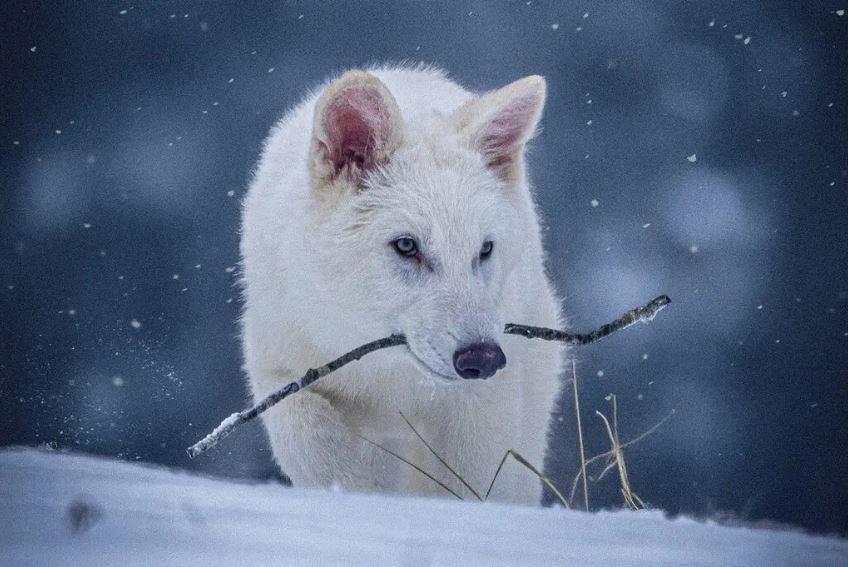
Scientists Revive Extinct Dire Wolves For First Time
The American company Colossal Biosciences has made a breakthrough in biotechnology: using gene editing and cloning, the first dire wolves (Canis dirus) were born in 10,000 years, Azernews reports citing Time magazine .
The dire wolf (Canis dirus) is an extinct species of large predatory canine that lived in North and South America during the Pleistocene (approximately 125,000–9,500 years ago). It differed from modern wolves in its more massive build (up to 180 cm in length and 80 kg in weight), powerful jaws and short legs, which made it adapted to hunting large prey, such as bison and mammoths. It probably disappeared due to climate change and competition with gray wolves.
Three puppies – Romulus, Remus and Khaleesi – were grown from modified grey wolf cells that were genetically identical to the extinct species.
The team extracted dire wolf DNA from a 13,000-year-old tooth and a 72,000-year-old ear bone. By comparing the genomes, the researchers made 20 edits to 14 grey wolf genes, creating the wolf's signature traits: a powerful build, white fur and a distinctive howl.
The cloning was done using blood cells (endothelial precursors) rather than traditional tissue samples. The embryos were then transferred to surrogate dogs, who successfully gave birth to healthy wolf puppies.
At six months of age, the puppies reach 120 cm in length and weigh 36 kg, while adults can grow to 180 cm and 68 kg. Unlike domestic dogs, the puppies avoid people and behave like wild animals.
Colossal Biosciences believes that their technologies will help preserve endangered species (such as the red wolf), study the evolutionary mechanisms of extinct animals, and restore ecosystems where these predators played a key role.
Legal Disclaimer:
MENAFN provides the
information “as is” without warranty of any kind. We do not accept
any responsibility or liability for the accuracy, content, images,
videos, licenses, completeness, legality, or reliability of the information
contained in this article. If you have any complaints or copyright
issues related to this article, kindly contact the provider above.






















Comments
No comment